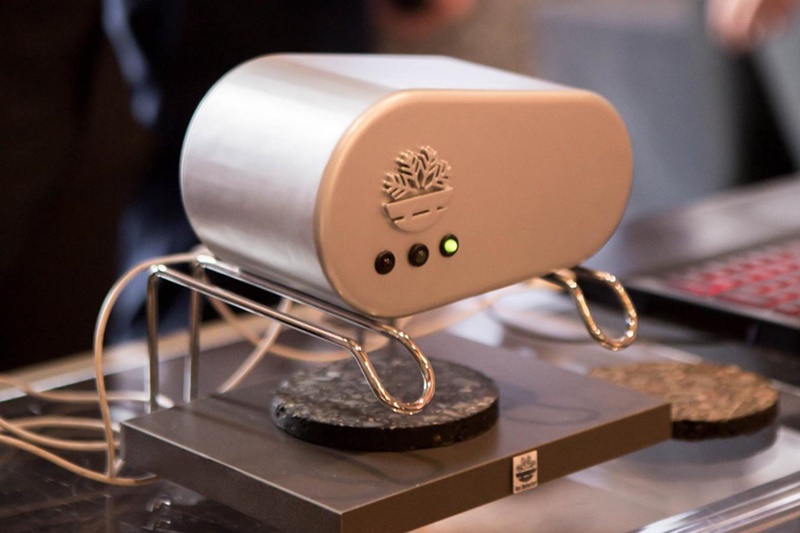WUT students took second place in the Valeo competition

Maksymilian Krajewski, Krystian Rosłon and Mateusz Zaborski, photo: Valeo
The project idea of Maksymilian Krajewski, Krystian Rosłon and Mateusz Zaborski from the Warsaw University of Technology was recognised by the jury of the Valeo Innovation Challenge 2017. Their invention took second place in the category of "Technological innovation". As the prize WUT students received 10 000 euro.
The success of the team from the Warsaw University of Technology is the result of the work of three students: Maksymilian Krajewski from the Faculty of Civil Engineering, Krystian Rosłon from the Faculty of Physics and Mateusz Zaborski, currently from the Faculty of Mathematics and Information Science, until recently from the Faculty of Electronics and Information Technology. WUT students decided to submit for The Valeo Innovations Challange 2017 the project idea of a system designed to analyze the condition of the road and detect ice invisible to the naked eye, then provide real-time alerts to enable the driver to safely adapt his or her driving style accordingly.
How WUT students came up with this idea? “We’ve known each other for years. We prepared many projects together, not just scientific ones”, says Mateusz Zaborski. “One time, we began to wonder how to detect ice build-up on roads while driving a car. We noticed that there is nothing like this in modern cars”.
About the details of the project you can read more in the Research - Innovation - Technology series.
In the competition the "Ideas for new ways to use cars" category won FUTUCITY (The Jan Matejko Academy of Art in Cracow) with a project of a smart delivery car during the day, a mobile sleeping capsule at night.
CLEY (Universidad Autónoma de San Luis Potosí UASLP in Mexico) was awarded the grand prize of 100,000 euros in the “technological innovation” category for their system that activates during vehicle braking phases to create hydrogen, which can be blended with gasoline to improve the engine’s combustion efficiency.








